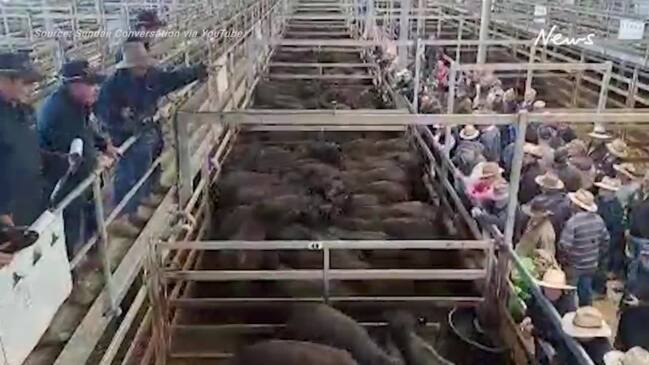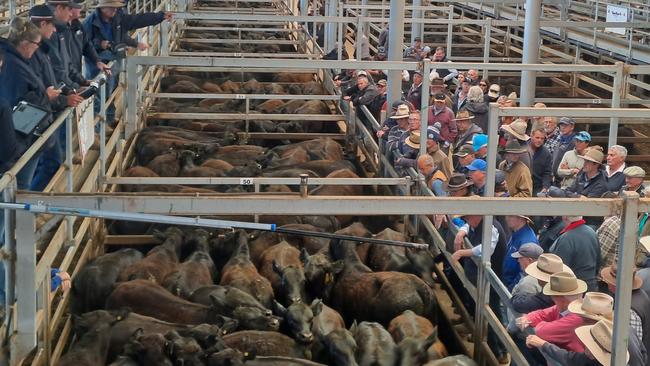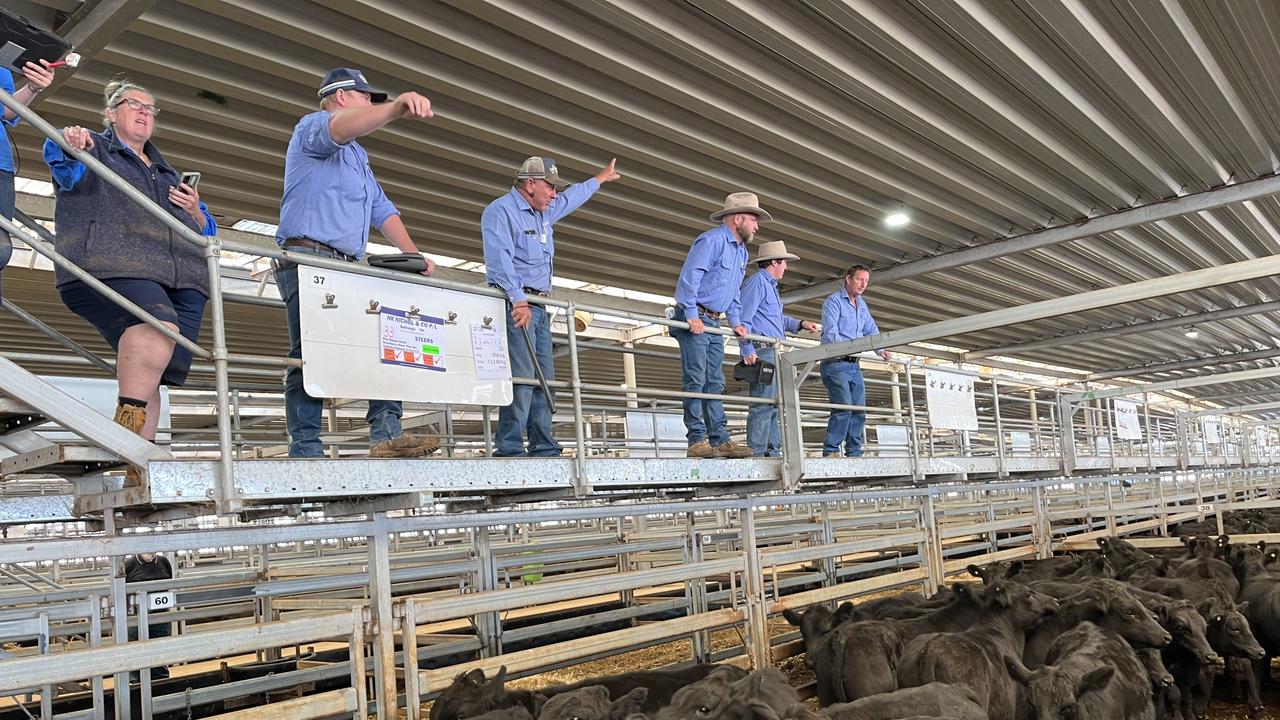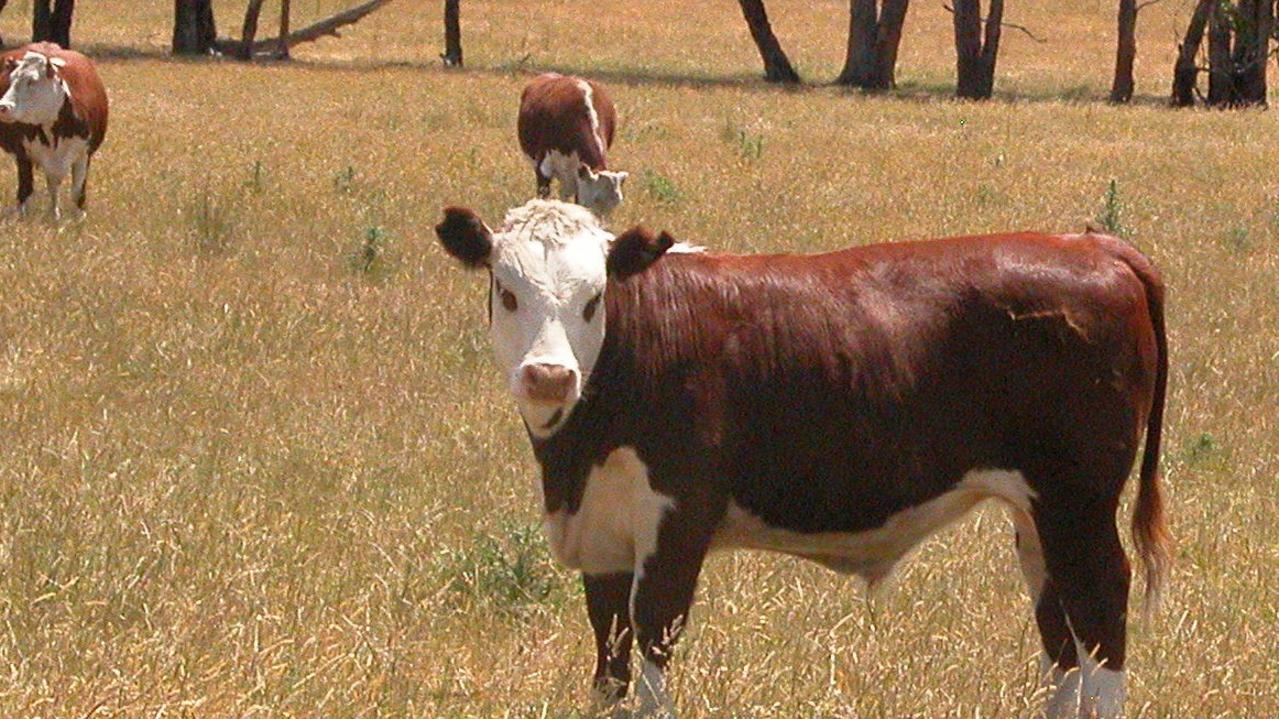Why spring livestock price trends are so different this year.
Spring is usually a time of big numbers for livestock and prices usually respond, but this has proved to be no normal year for sheep and cattle returns.

Eastern Australia’s livestock market is playing by its own set of rules as the correlation between supply and price fails to follow its normal pattern.
And it is making it increasingly difficult for producers to make good decisions on when to sell as values jump around seemingly without rhyme or reason.
But many are hoping that some forecasts of a shorter El Nino than first predicted could add spark and confidence to both prime and store markets, which are failing to show any big lifts.
In the sheep market, heavy lamb rates have begun to rise but mutton is still proving hard to sell with the national indicator closing at 106c/kg carcass weight after sales early this week, but slipping to 97c/kg in Victoria.
Meat and Livestock Australia senior market information analyst Erin Lukey said livestock prices were operating in an “irregular environment”.
“The (mutton) prices this year show that we are operating in a different environment,” Ms Lukey said
She said mutton, and trade lamb prices, usually peaked in July and August before easing in spring and then rising again at the end of the year.
“In a typical cycle, we would expect a recovery of the mutton price beginning in October,” Ms Lukey said.
“As we are not operating in a regular season, this price recovery has yet to be evident.”
Cattle markets are also proving fickle.

The feeder steer price sunk to 204c/kg liveweight on Monday on prices paid across the nation’s saleyards, compared to 518c/kg this time a year ago.
And while the benchmark Eastern Young Cattle Indicator was up slightly at 359c/kg carcass weight, it has lost 66 per cent in 12 months.
Mecardo analyst Olivia Agar said processors were backed up with supply, and the turn-off numbers were edging higher week by week.
”Rising slaughter rates are positive, in that processors are doing what they can to lift in response to the rising supply,” Ms Agar said.
“With many processors now booked until the new year, any increase in capacity is good news.”
Ms Agar said the latest cattle slaughter figures showed a rise of 1 per cent on the previous week, to post the biggest yearly total of 132,421 across the nation.
“Over the past four weeks, total slaughter was 9 per cent higher than five-year average levels, but 17 per cent below the same period in 2019,” she said.




